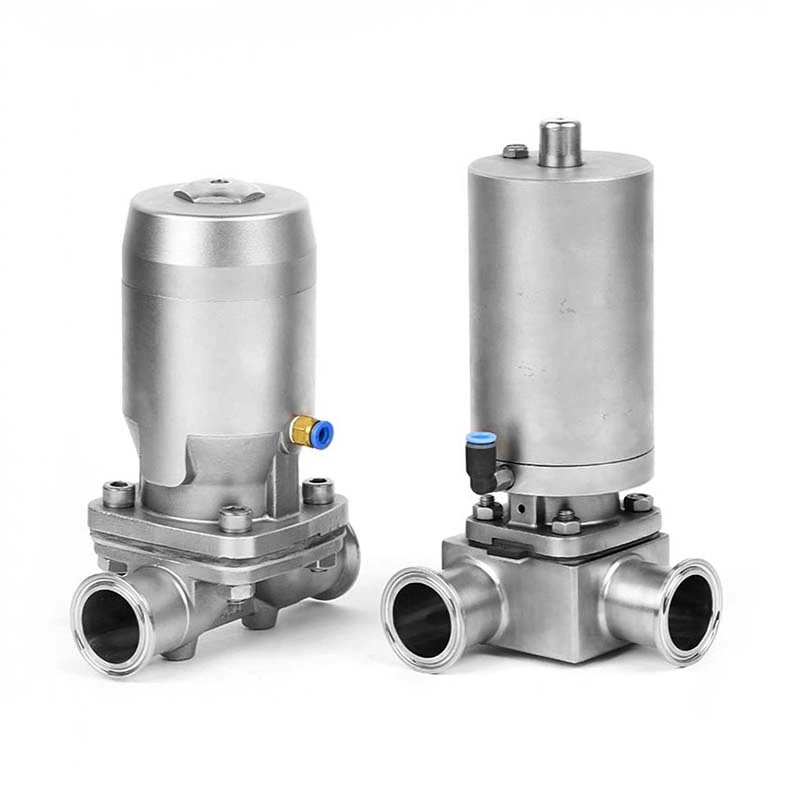Material Requirements For Sanitary Diaphragm Valves
The material requirements of Sanitary Diaphragm Valve mainly include two aspects: valve body material and diaphragm material.
Valve body material:
Stainless steel 316L: This is the most commonly used valve body material, because of its excellent corrosion resistance and mechanical strength, it can meet the high requirements of sanitary applications.
Other materials: In some special applications, other materials such as cast iron, ductile iron, etc. may also be used, but these materials are usually not as common as stainless steel 316L in sanitary applications.
Diaphragm material:
Rubber or plastic: The diaphragm is usually made of corrosion-resistant and high-temperature resistant rubber or plastic, such as silicone, fluororubber, etc. These materials can meet the contact requirements of different media, ensure that the fluid will not leak, and adapt to high-sanitation environments.
Elasticity, corrosion resistance, and non-permeability: The selection of diaphragm materials must ensure that it has elasticity, corrosion resistance and non-permeability to ensure the sealing performance and fluid control effect of the valve.
In addition, the design of sanitary diaphragm valves also needs to focus on cleanliness. All parts that come into contact with the fluid should be easily disassembled and cleaned to reduce the time and cost of cleaning and maintenance, and ensure that the equipment is in the best operating state for a long time.
In summary, the material selection of sanitary diaphragm valves needs to comprehensively consider the properties of the medium, the requirements of the application environment, and the performance characteristics of the valve to ensure the reliability and durability of the valve.
